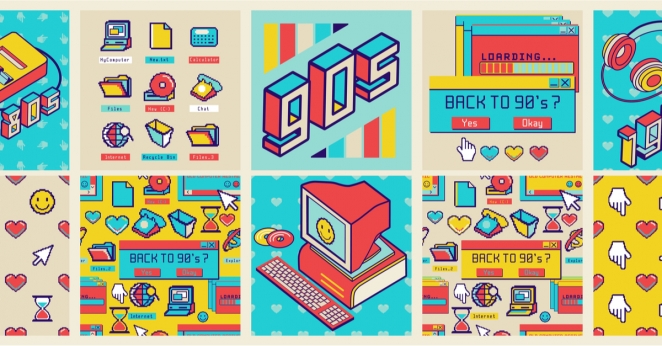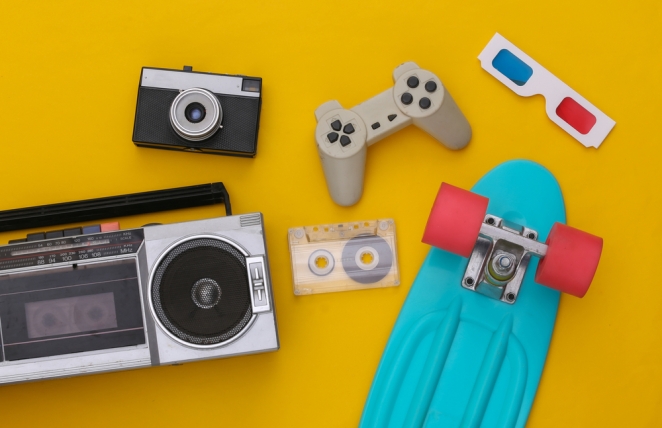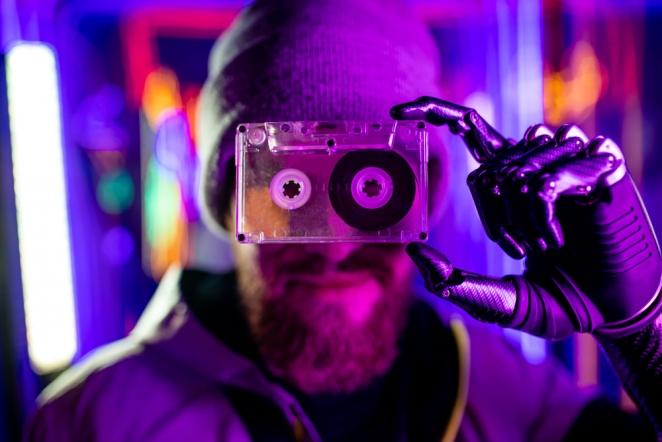Nostalgia marketing is taking the world by storm, as millennials and Gen-Z are longing for the past, and brands are taking them on an exciting journey through time. The result? A successful marketing campaign that converts.
Today, we explore how nostalgia marketing has the potential to impact a brand’s success by looking at some of the top examples.
What is nostalgia marketing?

Before we delve any further, let’s explore what nostalgia stands for. Generally, nostalgia is defined as a strong longing or immense affection for a past event, experience, object, place, or personal connection.
Nostalgia is often triggered by a sensory stimulus, such as a scent, a song, a taste, or a sight; it can also be caused by a certain scenario, such as a conversation, a memory recollection, or a similar experience.
Nostalgia marketing takes on that notion and creates a playful campaign referencing a time gone by in order to tap into our collective longing for the past.
Who is the target audience for nostalgia marketing?

Millennials are deeply relating to the brimming social media and advertising content that embraces the slogan “Only kids born in the ‘90s will understand”. It makes them feel a part of a special generational cohort that’s united by a longing for a much-coveted time.
TV shows such as Friends and Sex and the City, comfort foods such as eggs and soldiers and fish fingers, and iconic fashion items such as strappy heeled sandals and denim butterfly tops are hitting just the right spot on the nostalgic spectrum.
Gen Z are also chiming in on the nostalgia trend, and they are really easy to get excited about it. Despite the fact they didn’t live through the decade itself, they are bringing ‘90s culture back into the world through their preferred mode of content sharing – TikTok.
Why does nostalgia marketing work?

Brands like Pepsi, Coca Cola, and Nintendo and riding the nostalgia marketing with full force in a throwback fashion. We are familiar with the obsession with Game Boys, and that’s what is fuelling Nintendo Switch’s legacy. But apart from a strong longing for the past, what else is driving nostalgia marketing, and why you need to incorporate it into your brand marketing strategy?
Emotional attachment
Essentially, nostalgia is an emotion. We can say it’s bittersweet because we’re daydreaming about a time or experience that has already passed. Nevertheless, this brings us feelings of gratitude for the good memories.
We already know that emotional marketing is very powerful. It deliberately uses persuasive messages to tap into the human emotion, form a connection with the audience, and reach different goals, such as more conversion, brand awareness, or customer retention.
Using nostalgia in marketing, therefore, capitalises on the human emotion of nostalgia, which is prevailing amongst millennials and Gen Z, and is driving the business forwards.
Brand authenticity
What is also bringing success to nostalgic positioned brands is authenticity. Since the symbols, products, imagery, and music they use have a long history, the brand is regarded as consistent and authentic.
Both millennials and Gen Z favour authentic brands that share their values. This, in return, enhances trust and leads to conversion.
It’s comfortable
According to Krystine Batcho, Le Moyne College professor, psychologist, and researcher of nostalgia, "Nostalgia is a refuge, as people turn to the feelings of comfort, security, and love they enjoyed in their past."
It brings happy memories from the past, and that’s what comfort is. It comes as no surprise that during the first COVID-19 lockdown, mentions of nostalgic keywords rose from 13 million to 24.4 million, which is an increase of 88%.

Nostalgia marketing is proving to be extremely effective, and the more millennials and Gen Z tap into content creation, the more we are to embrace it. If you’re looking for a bullet-proof marketing strategy, why not try bringing a touch of the old into the new world and see the magic unfold?
By Eleonora Hristova, Copywriter at Dune London
Header image by Chris Tseviss






